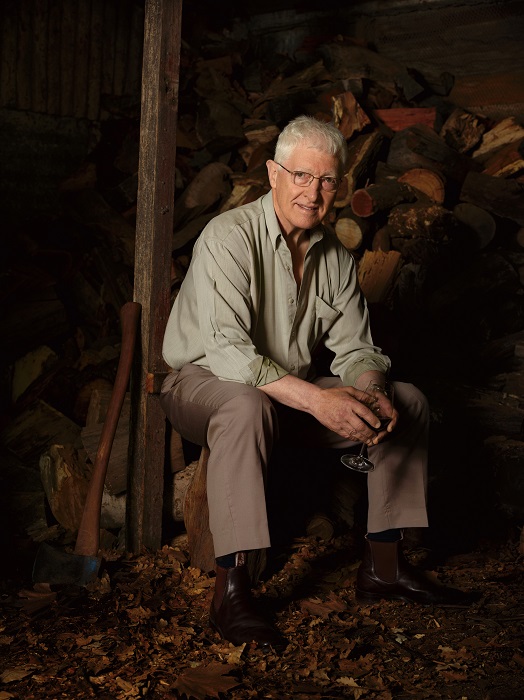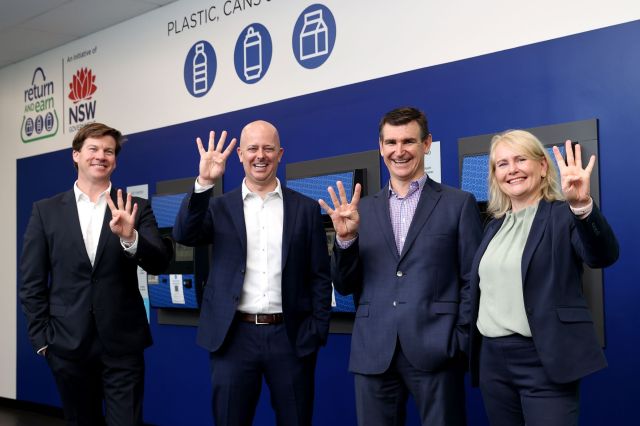
As Amcor’s Stelvin wine closure turns 60 this year, we look at Australia’s role in the development of the original screw cap.
Developed in 1964, the Stelvin screw cap wine closure range is now a market leader. It has set the standard in providing winemakers with more sustainable and reliable alternatives to cork, known for its reliability in preserving wine quality by preventing oxidation and cork taint.
But did you know it was an Australian who had the original idea?
In the mid-20th century, Australian winemakers were increasingly frustrated with the incidence of cork taint, which led to spoilage caused by bacteria that feed on cork. This was particularly problematic on long sea voyages to export markets. When bacteria find their way onto wine corks, they ruin the wine. Moreover, Australia often received lower quality cork from production countries such as Portugal after the best batches were snapped up by established and prestigious European wine regions.
Peter Wall, the production manager at Yalumba, began working for the winery in 1962. Before joining Yalumba, he studied winemaking at Roseworthy College and was curious about exploring an alternative closure to cork.
While at university, Wall conducted a project examining a range of plastic stoppers on sparkling wine. The remarkable results convinced him of the potential for an alternative seal. In 1964, with Yalumba’s support, Wall reached out to the French company Le Bouchon Mécanique to develop an alternative to cork closures. This collaboration led to the development of the screw cap and the Stelvin closure.

Le Bouchon Mécanique, which later became part of Pechiney and was acquired by Amcor in 2002, trademarked Stelvin. The cap was designed to preserve the quality of wine by preventing cork taint and ensuring a more consistent seal.
In 1970 and 1971, Le Bouchon Mécanique trialed the cap with the Swiss wine Chasselas, which was particularly affected by cork taint. The Swiss winery Hammel first used it commercially in 1972.
Wall’s efforts led to the first commercial release of Yalumba’s Pewsey Vale Riesling under screw cap from the 1970 vintage.
From about 1973, Yalumba and a group of other wineries, including Hardys, McWilliams, Penfolds, Seppelt, Brown Bros, and Tahbilk, were involved in developing and improving the concept, and began using Stelvin commercially.
The adoption of screw caps grew, particularly in Australia and New Zealand, where winemakers began to recognise their advantages for wine preservation. Initially, customer resistance was high, but the screw top gained real ground in the minds of consumers in the 80s and 90s. It wasn’t until the early 2000s that acceptance increased significantly and screw tops came into full force.
Today, over 90% of Australian wines are bottled under screw cap. In 2004, Taylors Wines made the game-changing decision to bottle its entire range under screw cap and hasn’t looked back. Despite the screw cap saving thousands of wines from the ravages of cork taint, cork is still the preferred closure globally, showing that people’s loyalty to culture and tradition is a stronghold difficult to shake.
Commenting on Stelvin’s birthday celebrations, Yannick Magnon, general manager of Amcor Capsules, says, “We’re delighted to celebrate this 60-year anniversary milestone. When the Stelvin screw cap was invented, we were the first to partner with winemakers to help them swap their methods of bottle closures, which was seen as a revolution at the time. Like all innovators, Stelvin has been imitated over the years, but its heritage and impact on the wine industry have never been matched. With Stelvin, Amcor remains the market leader for wine screw caps, thanks to the quality we provide and the knowledge and expertise of our teams.”


